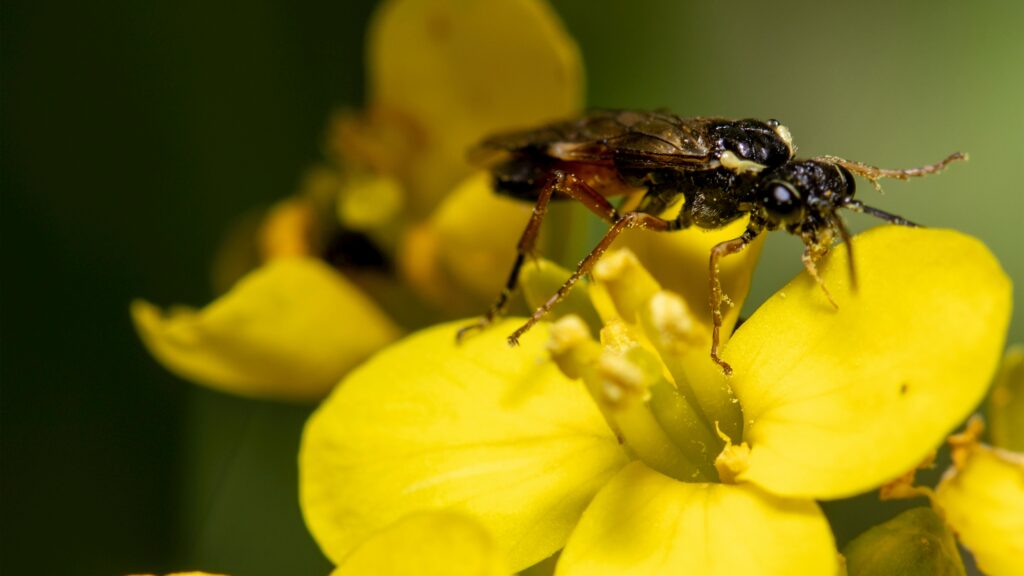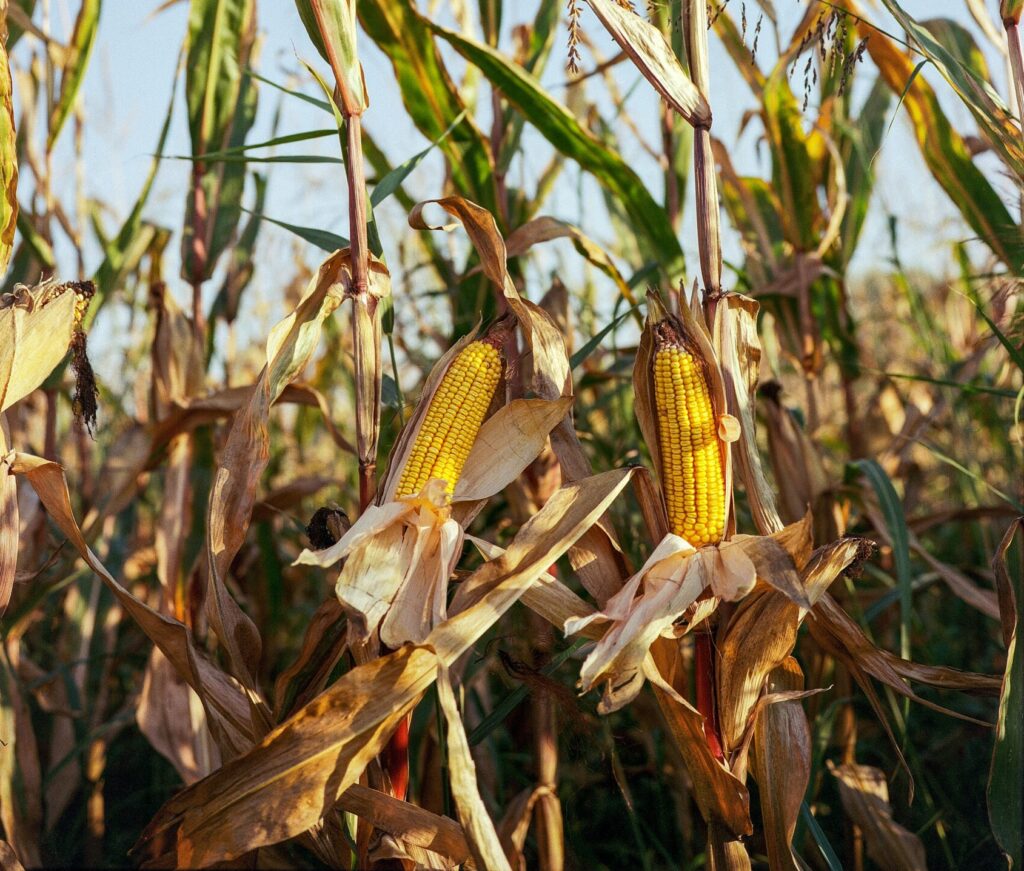Watering Process for Indoor plants
Proper watering is crucial for maintaining a healthy indoor garden. Since indoor plants rely entirely on you for their water needs, it’s important to understand how to water them effectively without overwatering or underwatering. Here’s a step-by-step guide to help you water your indoor plants correctly-
Understand Your Plants’ Water Needs
Plant Type: Different plants have different water requirements. For example, succulents and cacti need much less water than tropical plants like ferns or peace lilies.
Growth Stage: Younger plants and newly potted plants may need more frequent watering compared to established plants.
Seasonal Changes: During the active growing season (spring and summer), most plants need more water. In contrast, during the dormant period (fall and winter), water needs are reduced.
Check Soil Moisture
Finger Test: Insert your finger about 1-2 inches into the soil. If it feels dry at this depth, it’s time to water. If it’s still moist, wait a few more days.
Moisture Meter: Use a moisture meter for a more accurate reading. This tool measures the soil moisture level and helps you determine when to water.
Wilting or Yellowing: Be aware that wilting or yellowing leaves can indicate both overwatering and underwatering. Always check the soil before assuming the plant needs more water.
Watering Techniques
Watering from Above: Use a watering can with a narrow spout to direct water at the base of the plant. Pour slowly to allow the soil to absorb the water without flooding.
Bottom Watering: Place the pot in a shallow tray filled with water and allow the plant to absorb moisture from the bottom. After about 15-20 minutes, remove the pot and let excess water drain out.
Soak and Drain: For plants that need thorough watering, take the pot to a sink, water generously until it drains out of the bottom, and then allow it to drain completely before placing it back in its spot.
Frequency of Watering

Regular Schedule: Set a consistent watering schedule based on your plant’s needs, typically every 1-2 weeks, but adjust as needed depending on the plant type, pot size, and environmental conditions.
Avoid Overwatering: Overwatering is a common mistake in indoor gardening. Ensure pots have drainage holes, and never let the plant sit in standing water, which can lead to root rot.
Humidity Consideration: If your home is particularly dry, consider misting your plants or using a humidifier to maintain adequate humidity levels, especially for tropical plants.
Water Quality
Room Temperature Water: Always use water that is at room temperature. Cold water can shock the roots, while warm water can encourage bacterial growth.
Filtered or Distilled Water: Some indoor plants are sensitive to the chemicals found in tap water, such as chlorine and fluoride. If your plants are showing signs of distress, consider using filtered or distilled water.
Rainwater Collection: Rainwater is naturally soft and free of chemicals, making it ideal for indoor plants. Collect and store rainwater in a container to use for watering.
Drainage and Potting

Good Drainage: Ensure your pots have adequate drainage holes to prevent water from accumulating at the bottom, which can cause root rot.
Use Saucers: Place saucers under your pots to catch any excess water, but be sure to empty them after watering to prevent the plant from reabsorbing the water.
Special Considerations for Indoor Plants
Humidity Needs: Some plants, like ferns and orchids, thrive in higher humidity. Regular misting or placing a tray of water near the plants can help maintain the right humidity levels.
Avoid Watering Leaves: Try to water the soil directly and avoid getting water on the leaves, as this can lead to fungal growth or other issues, particularly in low-light conditions.
Signs of Proper Watering
Healthy Leaves: Vibrant, green leaves that are not wilting, yellowing, or browning indicate proper hydration.
New Growth: Consistent new growth during the growing season is a good sign that your watering routine is effective.
No Root Rot: Roots should be white and firm, not brown or mushy. Proper watering prevents root rot, which is caused by consistently soggy soil.
Watering indoor plants is an art that balances the needs of the plant with the environment of your home. By understanding your plants’ specific requirements, checking soil moisture regularly, and following proper watering techniques, you can ensure your indoor garden thrives. Regularly observe your plants and adjust your watering routine as necessary to keep them healthy and vibrant.
















